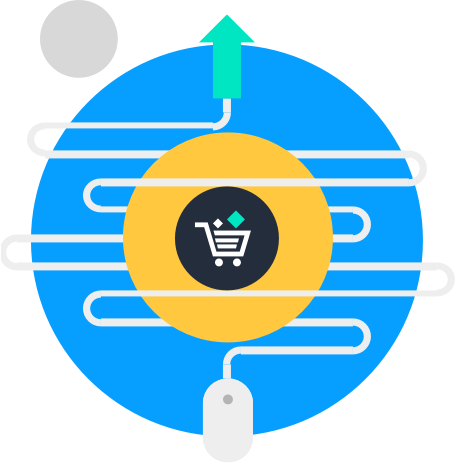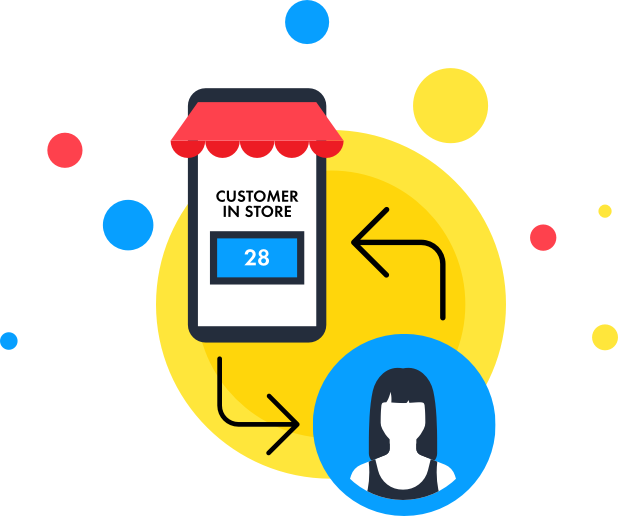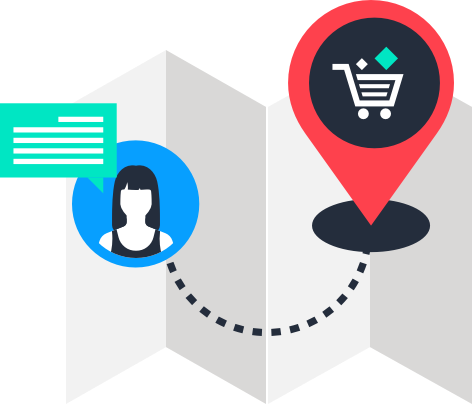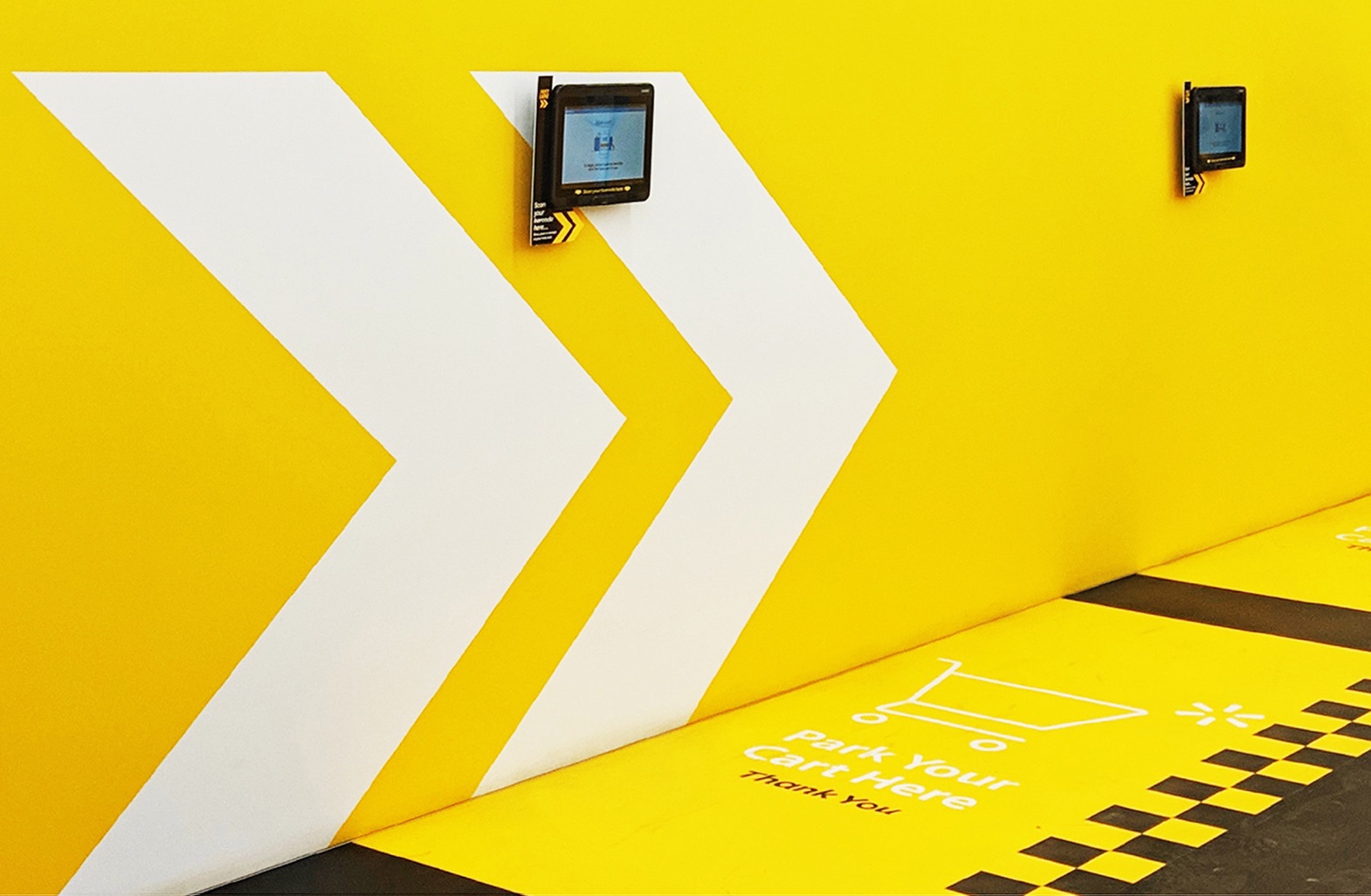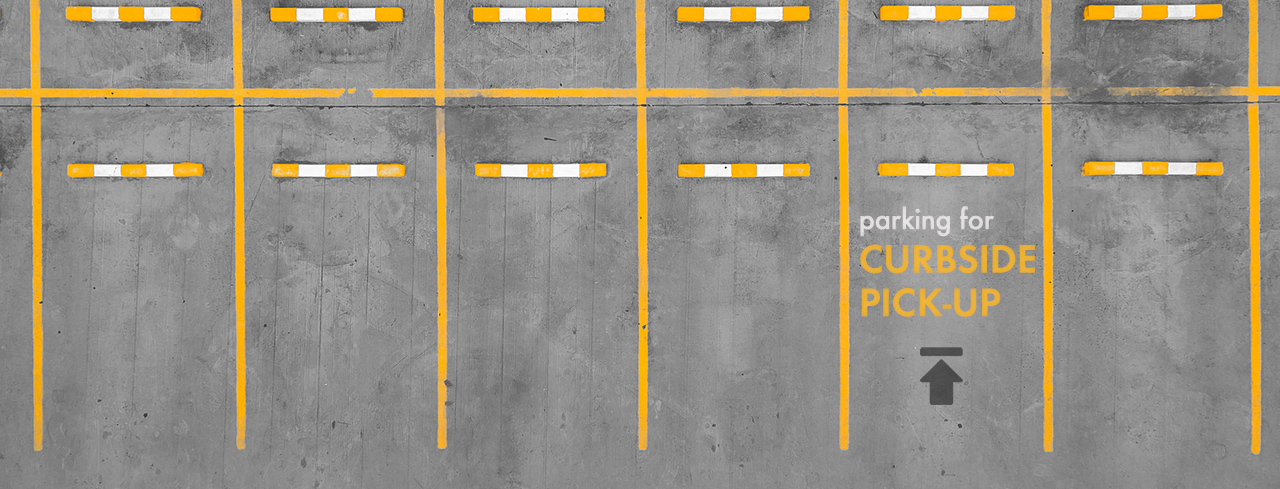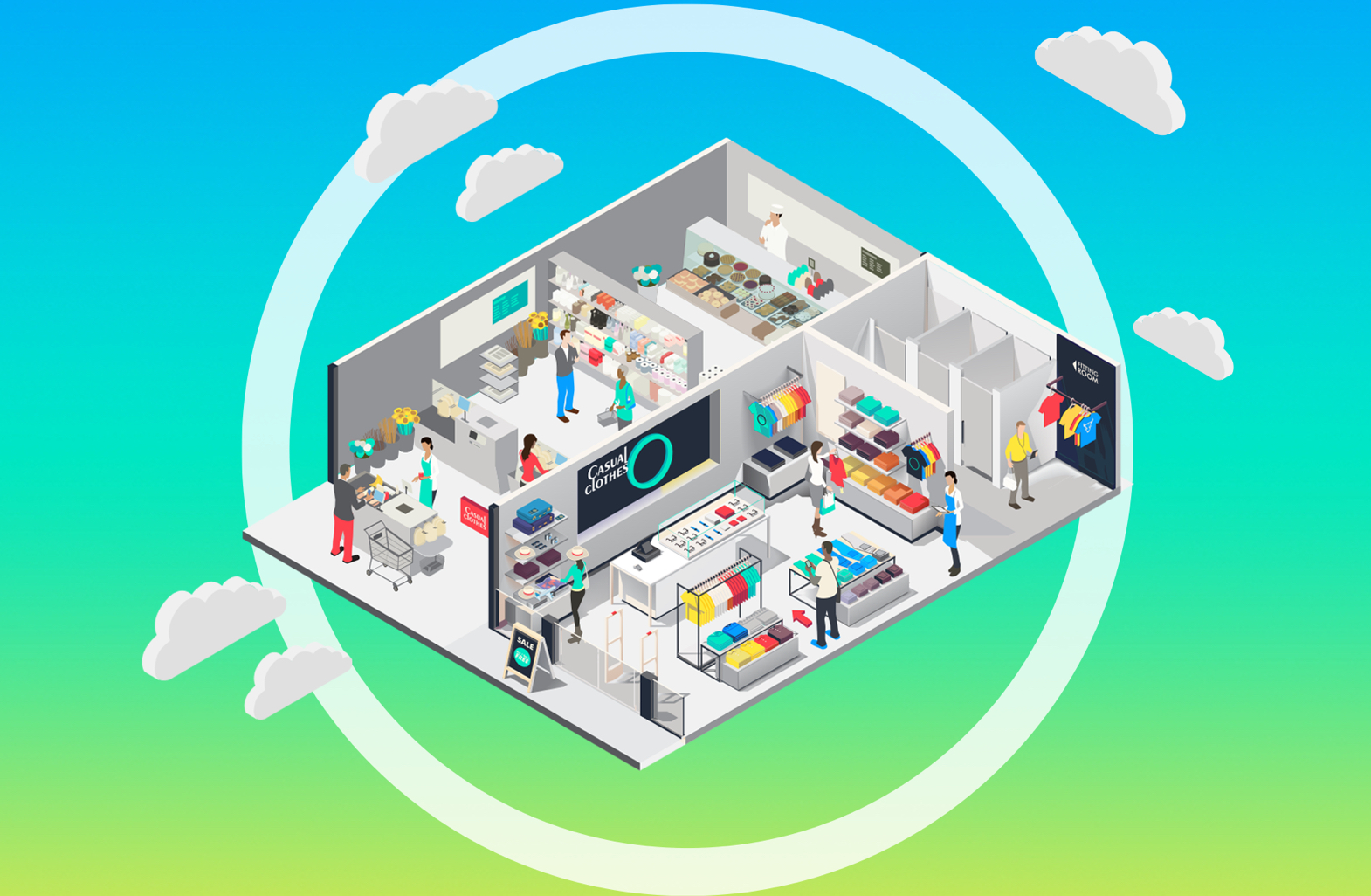What issue can we solve for you?
Type in your prompt above or try one of these suggestions
Suggested Prompt



Retail
Why Retailers Need a Resilient Omnichannel Strategy More Than Ever Before
Why Retailers Need a Resilient Omnichannel Strategy More Than Ever Before
From the strategic direction down to how business silos collaborate, omnichannel is a concept that brings an entire business together to tackle a problem.
In the wake of a global pandemic, retailers and businesses have been forced to accelerate innovation for a digital-first consumer. In this way, omnichannel has become more than just a nice-to-have it’s now necessary for connecting with customers. From top-level leadership down to delivery and execution roles, understanding the potential of omnichannel can impact decisions made at every step of delivery. Businesses that successfully deliver omnichannel at every step of the process will distinguish themselves from competitors.
How did retailers innovate in the wake of COVID-19?
Throughout the pandemic, retailers rapidly introduced new products and services to connect offline and online channels.
Online fulfillment
Online shopping surged at the start of the pandemic, straining supply chain and fulfillment. Some retailers tackled this through online experience. For example, when faced with bottlenecks, Amazon offered incentives to customers to wait longer for deliveries.
Click & collect
Eighty percent of UK retailers now offer click-and-collect, a jump of 32 percent since last year. Pandora’s click-and-collect is integrated with its appointment booking and virtual queueing, allowing order preparation to happen while customers wait–making time-in-store more efficient.
Store traffic indicators
Demand has increased for AI tools to monitor store capacity. Philips, xplace and Alphabird have developed AI sensors that detect the number of customers walking into a store, with the ability to display that information on a digital sign outside. Apps like Supermarket Check-In gather data on store traffic and stock levels across different retailers to offer one view to users.
Virtual queueing
Retailers must now balance foot traffic, safety and social distancing with a variety of out-of-the-box virtual queueing systems. For example, Asda collaborated with Qudini to use geo-location, allowing customers to join a queue from the comfort of their car.
Stock indicators
The pandemic led to a surge in unified commerce as retailers connected order management systems, point-of-sale systems and financial reporting systems to manage inventory visibility and meet customer demand across channels.
Virtual chat
Remote appointments and video calls are connecting in-store employees with virtual shoppers. For example, Currys PC World partnered with GoInStore to offer live video, where customers can take a closer look at in-store products while associates build their online cart. This saw a 94 percent customer satisfaction rate along with uplifts in conversion and revenue per visit.
Putting omnichannel into practice
It can be easy to underestimate the work needed to deliver best-in-class omnichannel. Publicis Sapient applies the HOW methodology to get to a viable solution. Our delivery approach uses the following five phases:
WHAT changes are needed in response to the pandemic and beyond?
Agree on the core need or problem and create a high-level vision that identifies potential areas of opportunity. Next, create an initial business case. At a time when the duration of the pandemic is relatively unknown, benchmarks need to be carefully estimated and accounted for.
Here’s an example of how to keep an omnichannel vision goal-based and not feature-based:
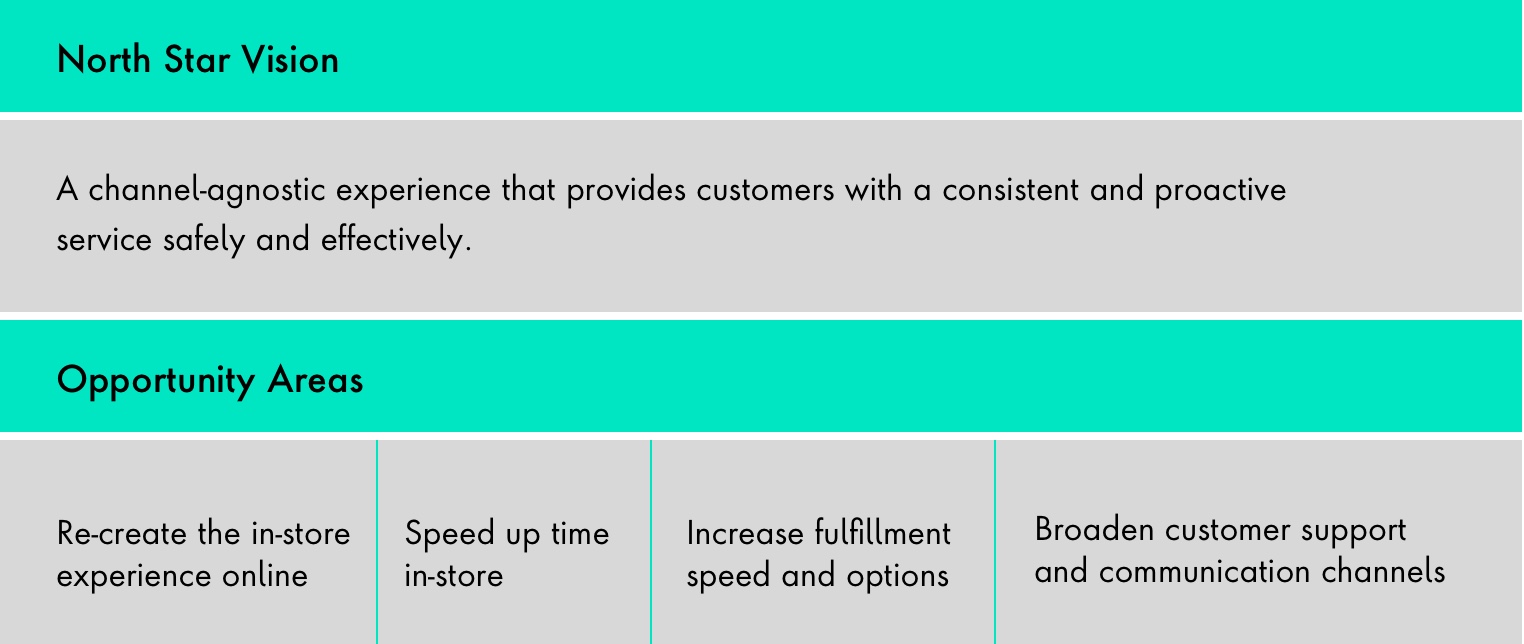
WHY should we change? What is the root cause of the issues or opportunities found in the Ignite phase?
Once initiative for change is established, validate assumptions and create a clear path forward with a more rigorous business case.
Design Thinking methodologies can get a deeper understanding of customers and how their needs have changed, which impacts shopping behavior. A prioritization framework will then aid in narrowing down what’s desirable into what’s actually feasible to deliver–creating a shortlist of solutions and value pools.
WHERE should we invest in expanding existing omnichannel services or creating something new?
This phase should focus on building on your shortlist of solutions through definition and design.
A product canvas creates a unified view of what the omnichannel solution is and how it’s delivered.
A service blueprint details every step of the new journey per user type, showing how each part of the business supports this new experience end-to-end.
WHAT opportunities will likely provide the best return on investment?
The next step is to test your solution. Testing can flow in a variety of ways, like showing a prototype to a select focus group or launching a minimum-viable product (MVP) on an A/B testing tool.
With many touchpoints across an omnichannel journey, it can be hard to pinpoint exactly what was the turning point for the customer that resulted in the delivery of value. A mix of quantitative and qualitative data will give the why behind the what.
HOW should this new omnichannel experience be implemented and continue to evolve once live?
The MVP built in the Incubate phase will typically have a limited number of features. To expand, list all possible features for the experience. Then, use tools to score each new feature against its feasibility and value.
With a tested and validated solution, it’s time to scale live to all customers and additional markets. Once a plan is set, use agile methodologies to release value at speed. Omnichannel requires a hybrid approach, as there are many different delivery methods across retail, ops and supply chain that make true Agile not fit-for-purpose.
Once the solution is live, constantly measure success. Create an analytics framework based on value drivers that can be assessed in realtime. This data will drive optimization, or if the market indicates, discontinuation. Data should reflect customer behavior and how your services are used.
-

The world we live in is changing–sometimes quicker than we can keep up with. COVID-19 showed us how unpredictable customer behavior can be in the wake of crisis. Further, the COVID chapter is not yet closed. As retailers reflect on how they managed throughout peak 2020, they’re already preparing for a similarly uncertain peak in 2021.
As we look ahead, remaining agile and responsive to customer needs and offering connected, omnichannel experiences can help retailers remain resilient no matter what challenges they may face in the future.
Related Reading
-
![]()
Work
Creating Walmart Canada's Urban Supercenter Concept Store
Design and technology that helps enable frictionless checkout.
-
![]()
Insight
Curbside Fulfillment for Retailers
Curbside fulfillment is essential for retailers during the pandemic, but it will become a popular perk for customers when restrictions loosen.
-
![]()
Retail
Interactive Store Experience Walk-thru
Create a seamless experience across digital and physical to make your store work for your customers and your business.






